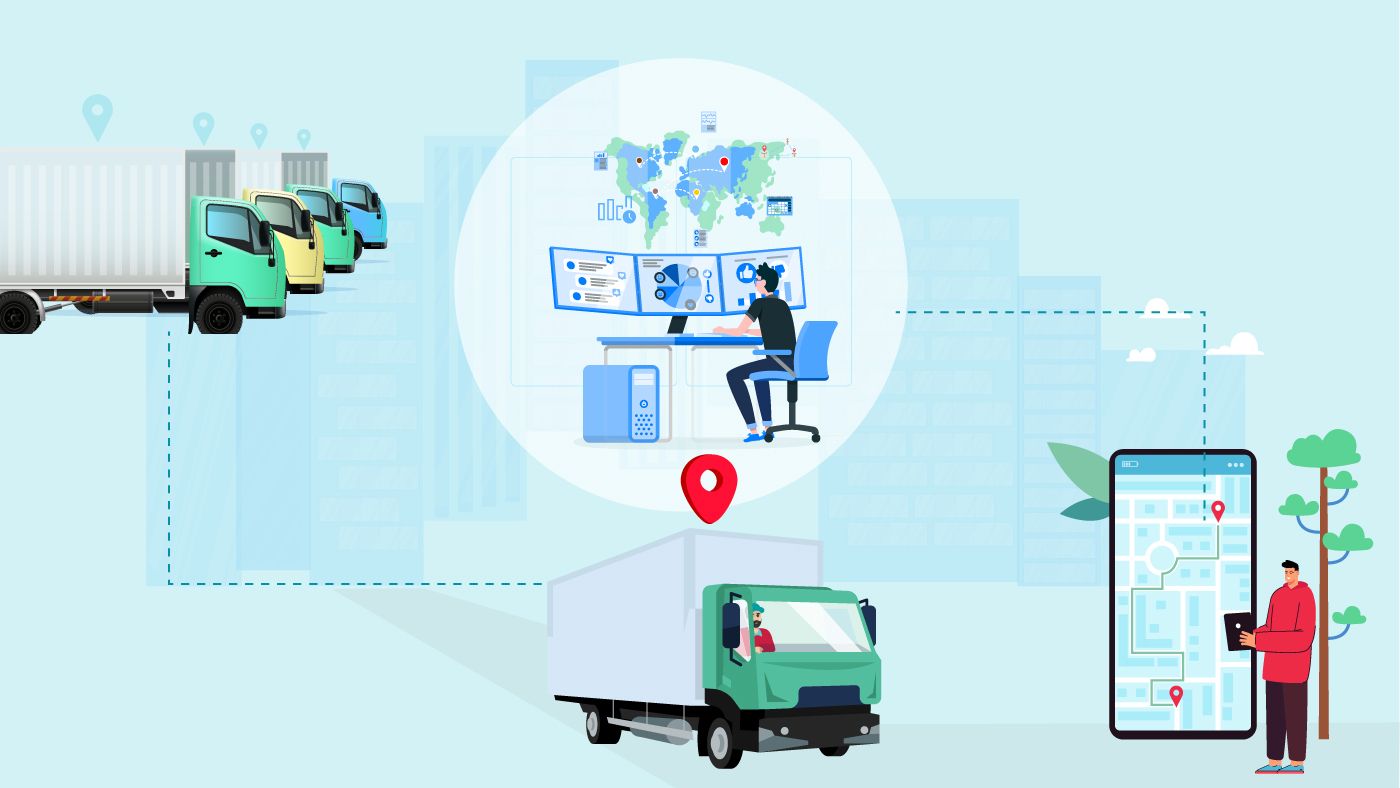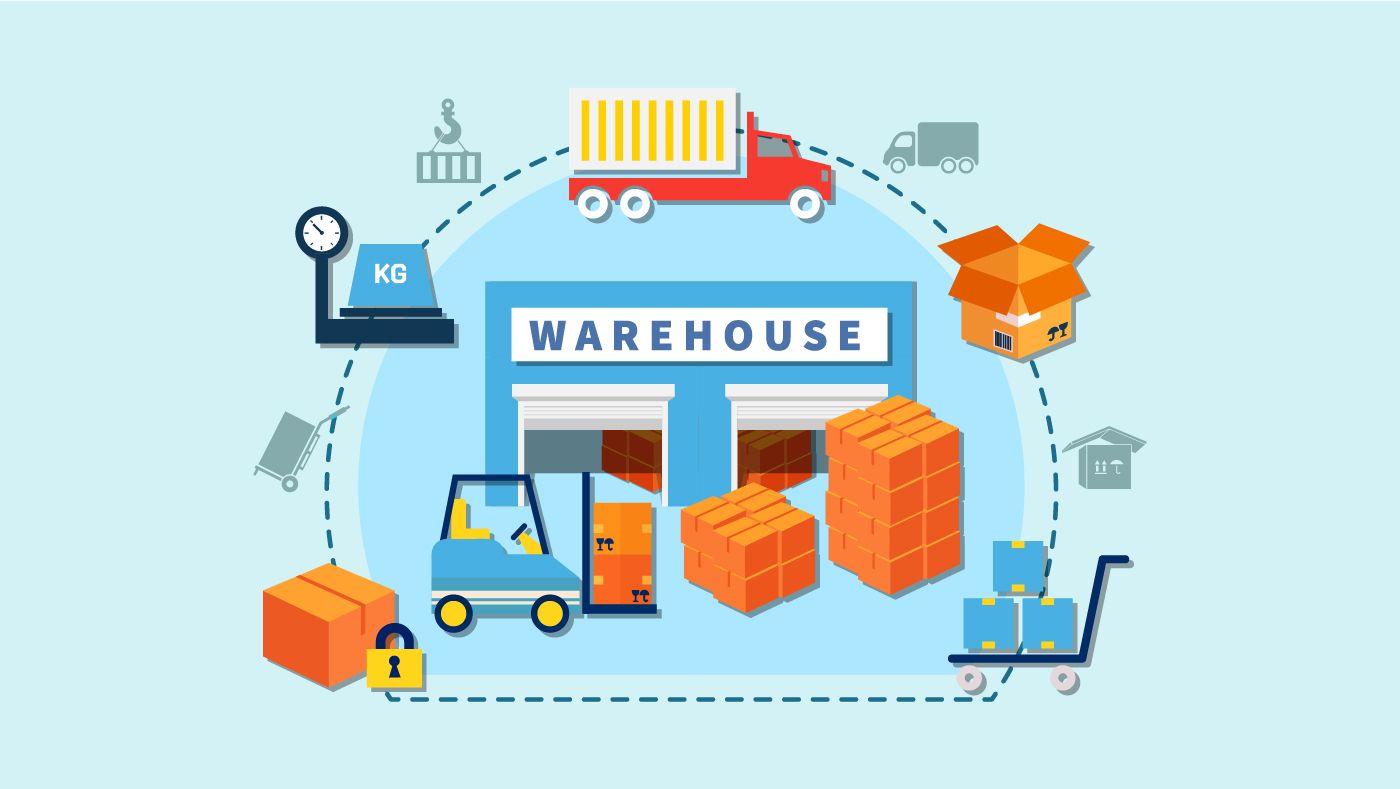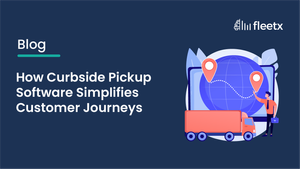
Our previous articles have extensively discussed the benefits of integrating technology in transportation for the commercial sector. In this article, we shift our focus towards passenger transportation and explain the role of Passenger Transit Management Software in aiding the promotion of Mobility as a Service or MaaS.
MaaS is a service that enables the digitalization of accessing multiple mobility services, either public, private or both, through a single channel. It is a shift away from individual transportation and promotes Mobility as a service. It integrates different aspects of transportation such as payment, booking, and planning, providing an all-in-one platform for users. The idea behind MaaS is to make transportation user-friendly, sustainable, and efficient.
What exactly is a Passenger Transit Management System?
As the name suggests, a Passenger Transit Management System is a platform or software solution that helps transit planners or administrators leverage technology for more efficient planning, scheduling, tracking, and optimization of passenger transport.
Let’s understand the concept better with the example of The Indian Railways, which manages transit of over ten thousand passenger trains across the country. Their objective is to facilitate the movement of both passenger and freight trains across railway lines in a timely manner. They implement their transit management system for planning, scheduling, tracking, and managing routes for each train. However, a great deal of manual intervention is required, which makes the system prone to errors, delays, complacency, and inefficient to a certain extent. Another critical component is the tracking system embedded into their Passenger Transit Management System and made available to the public called National Train Enquiry System (NTES). It improves transparency by providing live location, ETAs, delays, routes, among others, in real-time to all passengers.
Similarly, Uber is an excellent example of leveraging more advanced Passenger Transit Management software to provide Mobility as a service. In India, it now allows users to plan, book, and pay for multiple modes of transport, including private, public, and ride-hailing options.
How does Passenger Transit Management Software work?
A passenger Transport Management System similar to the one in the commercial sector uses hardware technology like a black box integrated with a GPS tracking system to collect vehicle data for a vehicle or the entire fleet and transmit it to a central server. This data is processed and provided to a transit planner through software, who then analyses it to make more informed decisions.
Transit Management Softwares today use modern technology like Big Data, Artificial Intelligence, Automation Technology, Cloud Computing, Blockchain, IoT-enabled technology, among others, to improve their operations. The operations that can be made more efficient, transparent, and accurate using Passenger Transit Management Software are
- Route Planning
- Real-time Navigation
- Vehicle Tracking
- Fuel Efficiency Management
- Route Optimization
Benefits of TMS for Transit Planners
To understand how Passenger Transit Management Software benefits transit planners, we first need to understand their role in passenger transportation. Transit planners are responsible for developing routes or designing the entire transport network for a city or company. Moreover, as the demand for sustainability and convenience increases, polluting and resource-heavy sectors like transportation have come under heavy scrutiny.
Governments are making policies sanctioning surveys to make cities and towns more organised, connected, and sustainable. Moreover, businesses are continuously adapting to this shift towards a more interconnected and efficient transport network, resulting in the role of transit planners being much more than planning and scheduling routes. Transit Planners today are expected to factor in all aspects such as sustainable mobility, transparency in operation, tech-enabled, user-friendly, and multi-modal network in their transit planning and execution activities.
To achieve that, transit planners have increasingly adopted advanced Passenger Transit Management Software to improve transit route planning, live tracking, passenger information system, and overall transport management. An example of this is Transport For London (TfL) which manages public transportation in London. Using an internet-based Transit Management System has made services digitally accessible, trackable, user-friendly, and ultra-efficient. A well-integrated Passenger Transit Management System can manage everything from booking/payment system, public information system, route planning, and execution.
Passenger Transit Management System is shaping the future of passenger transport
In India, ride-sharing cabs like Uber and Ola were the first to show us the capabilities of an internet-based and user-friendly transit management system. It was a stark contrast to those used in metros and railways by Indian Railways (NTES) and Delhi Metro Rail Corporation (DMRC), which made transparency and operations better but were not user-friendly. As a result, state and central governments continuously bring policies and sanction surveys to make passenger transport more interconnected, user-friendly, and efficient.
The most recent example is the partnership of Chalo, a bus transport technology company with Brihanmumbai Electricity Supply and Transport (BEST), to digitize its fleet of over 3500 buses and offer passengers services like ticket booking, live-tracking, route planning, etc. through a mobile application. As a result, it has exponentially improved accessibility to public buses for passengers and makes transportation services go cashless.
The uptake in implementation of the Passenger Transit Management System has still a long way to go in India, particularly in rural and semi-urban areas. The good news is the rate of internet accessibility is leapfrogging, and more and more users switch to internet-based systems for transit. It will undoubtedly push the demand and implementation of Passenger Transport Management Systems by businesses and governments, a win-win situation for the consumers. In the future, certain areas that will significantly benefit from it includes,
Passenger Information System
It will make the passenger information system more efficient as people in transit will be able to check schedules, delays, information broadcast, book tickets, and accessible transportation services through their mobile phones. In addition, internet-enabled Passenger Transport Softwares will make it possible for governments and businesses to offer more user-friendly services to their people and make transport more accessible.
Live-tracking and Navigation
A robust GPS tracking System which is the foundation of any Passenger Transit Management Software will allow passengers and businesses to track their fleet of vehicles in real-time. It will enable businesses to constantly improve their routes and passengers to track and plan their transit more accurately and efficiently, saving time. Integration of the same with widely accessible Google Maps will completely disrupt the way we travel, allowing users to access the benefits of Transit Management Systems to widely used navigation applications.
Safety and Compliance
Increased transparency in operation will automatically improve safety for passengers and compliance for businesses. For example, rash driving, disruptions, and accidents can be quickly reported, allowing businesses to take appropriate actions. On the passenger side, it will improve safety standards as transport routes and vehicle locations can be tracked at all times by them and their loved ones.
Conclusion
There is no doubt that MaaS or Mobility As a Service is the future of passenger transportation, and it will make transit more sustainable, resource-efficient, and user-friendly. Furthermore, as consumers become more tech-savvy, the demand for multi-modal transit service platforms will increase, forcing governments and businesses to shift their operations accordingly. Thus, to facilitate and promote Mobility as a service, there is a need for rapid adoption of Passenger Transit Management software solutions in transit operations which builds the foundation of the modern mobility solutions emerging across the world as the next generation of transportation.
What is gps bus tracking?
GPS tracking for the bus fleet enables you to track bus positions and schedules in real-time from anywhere. In order to increase productivity and guarantee precise arrival times, this makes it simpler to plan and manage bus routes.
How do buses get tracked?
A "real-time" bus tracking system can track the movement of buses on a map by utilising contemporary, GPS-enabled software systems along with hardware like a tracking device installed inside buses as well as apps installed on users' phones (e.g., drivers).







